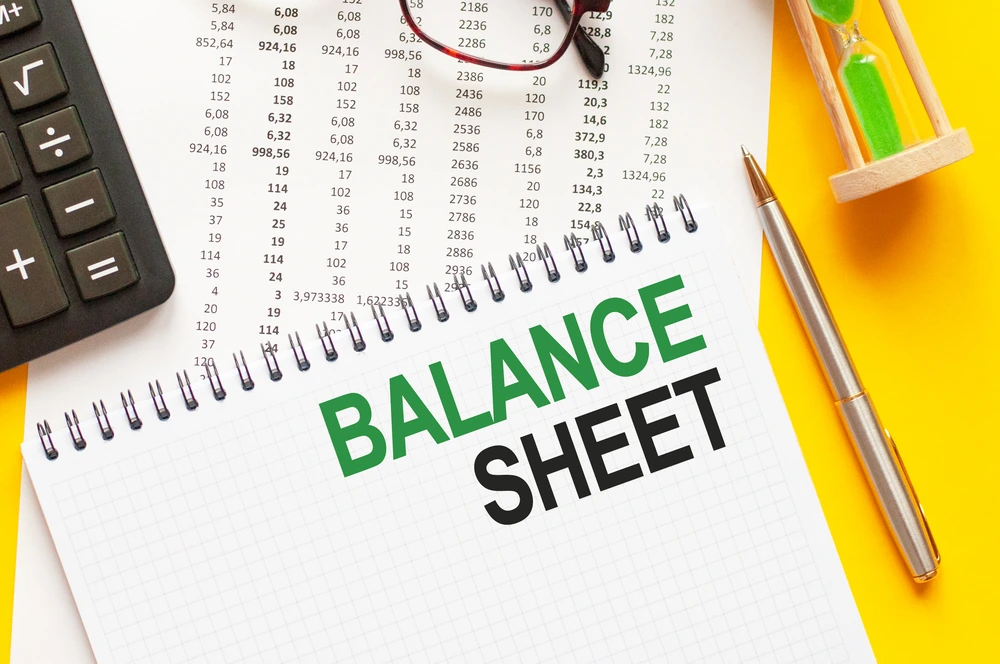Balance Sheet of an Architect
The “owner’s equity” segment within the balance sheet of a sole proprietor architect holds significant importance, serving as a vital portrayal of the business’s financial status and overall well-being.
This equity section signifies the remaining claim on the business’s assets once its liabilities have been subtracted.
In the context of a sole proprietorship, it’s essentially the owner’s claim on the company’s assets.
This section reflects the cumulative financial contributions of the sole proprietor to the business, including the initial investment and any additional investments made over time. It also takes into account the net income generated by the business and the owner’s withdrawals or distributions.
Here’s how this section is structured on the balance sheet:
1. Initial Investment:
This includes the capital the owner initially invested in the business to get it started. It’s essentially the seed money that forms the foundation of the business.
2. Net Income or Net Loss:
This section reflects the net income earned by the business over time. Net income is calculated by subtracting total expenses from total revenues. If the business has generated a profit, this contributes to the equity. Conversely, if the business has incurred losses, these would decrease the owner’s equity.
3. Owner’s Withdrawals:
When the owner takes money out of the business for personal use, it’s considered a withdrawal. This could include regular salary payments or ad-hoc withdrawals. These withdrawals reduce the owner’s equity since they are essentially removing funds from the business.
4. Additional Investments:
If the owner injects more money into the business beyond the initial investment, these contributions increase the owner’s equity. This can help support business growth or stability.
The owner’s equity section essentially reflects the accumulated financial outcomes of the business. If the business is profitable and the owner is making consistent investments while keeping withdrawals in check, the owner’s equity will generally increase. On the other hand, losses and excessive withdrawals can decrease it.
In summary, the owner’s equity section on the balance sheet of a sole proprietor architect serves as a snapshot of the owner’s stake in the business and how that stake has changed over time due to profits, losses, investments, and withdrawals. It’s a valuable indicator of the financial health and sustainability of the business.
To visit: https://www.mca.gov.in/
For further details access our website: https://vibrantfinserv.com

